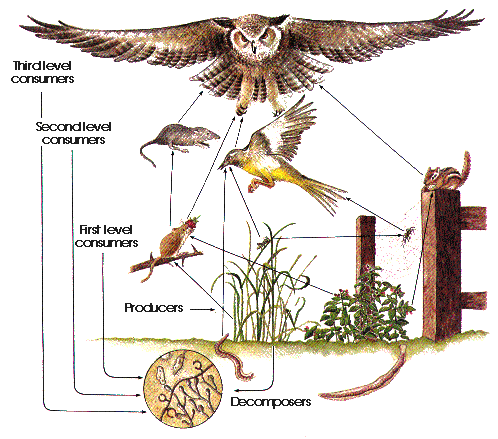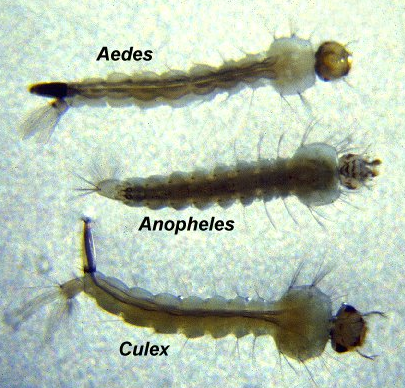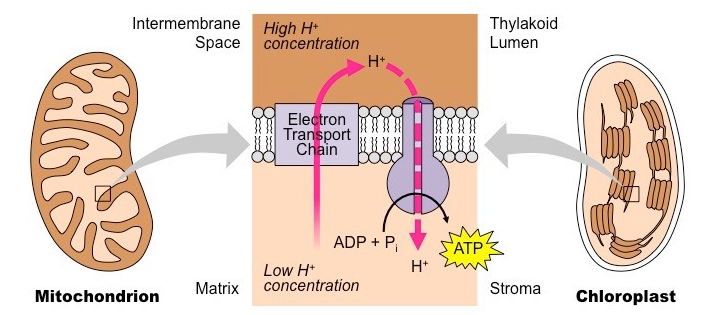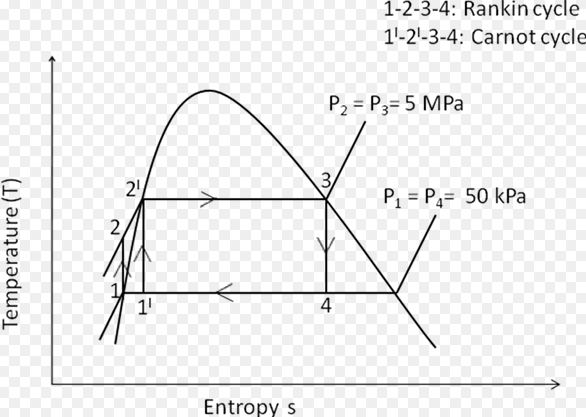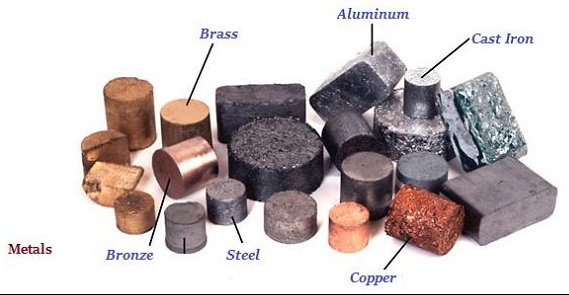8 Differences Between Food Chain and Food Web
Plant and animal species depends on another plant or animal species for its existence. For example cow eating shrub leaves or lions eating the gazelle or bees taking pollen from a flower. Both food chain and food web describes how energy and nutrients flow in an ecosystem. A food chain also shows how organisms are … Read more
